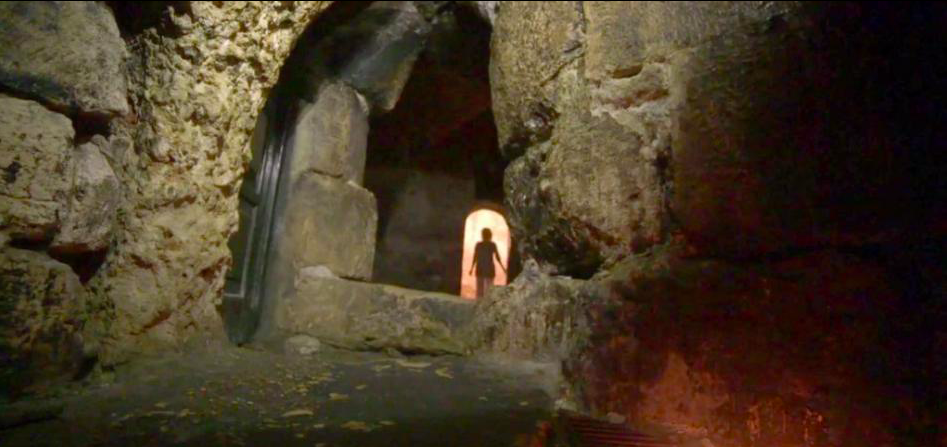The lid of the tomb in which Jesus lay after his crucifixion has been removed for the first time since 500 years ago and archaeologists found what is said to be the burial bed of Christ.
Fredrik Hiebert, an archaeologist from National Geographic, took part in the restoration project of the tomb in the Church of the Holy Sepulcher in Jerusalem. He said that the shrine of Jesus had been destroyed numerous times by earthquakes, fire and invasions throughout the centuries and archaeologists had not known if it had been rebuilt in the same place.
The site had badly needed restoration and negotiations had started to open up the tomb to make repairs in 1959. To do this, the decision had to be unanimous, and a status quo committee needed to agree to it which was made up of three religious leaders.

What is known as the “Little House”, the Edicule, found in the church had been built on the original bedrock of what was said to be the burial site of Jesus, and it was called the “The Rock of Calvary”.

Hiebert went on to say that just about everything needed to be approved by the committee and this meant that even if a candle needed changing it would take a long time to get permission to do so. A ladder has been in place close to the main entrance of the church, and this has not moved for 240 years and earned the name of the immovable ladder. He said that the fact that they had been allowed to undertake the work on the tomb was a negotiation triumph.

Experts did get permission to examine the tomb from the church, and it had to be opened as there might have been damage to it during the restoration process. Half a millennium later the lid was finally lifted, and present were Franciscan monks, Greek and Armenian Orthodox churches. When the marble lid was removed archaeologists found a limestone slab inside, and this is thought to be where the body of Jesus was placed.

35 experts used radar that penetrated the ground along with thermographic scanners, and it took 60 hours to take away dirt, collect mortar and document the entire process whilst doing so. Hiebert said that everyone was getting very curious and they went in and took a look at the tomb. The limestone burial bed was found by the team just hours before it had to be resealed.

Hiebert said that one of the most amazing things was when the first dust layer was removed and a second piece of marble was discovered, and it had a beautiful cross that had been inscribed on it. Researchers have said that the cross might have been carved into the marble by crusaders from the 12th century. He went on to say that it is not often in the field that a eureka moment happens. The team now has all the data that is needed to start a virtual reconstruction of the tomb. The dating results have now suggested that the construction of the tomb was at the time of the first Christian emperor of Rome, Constantine.

Hiebert said that without artifacts or bones they would never be able to say with confidence that the tomb did belong to Christ and that it was more a matter of faith.

